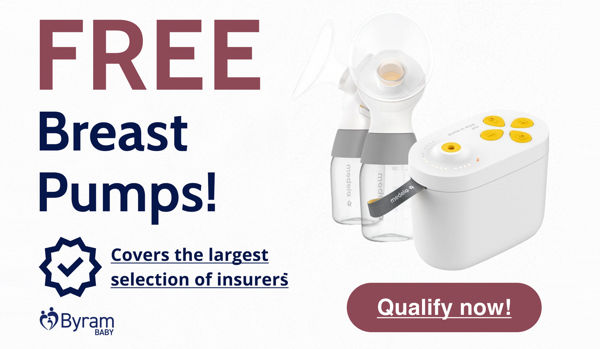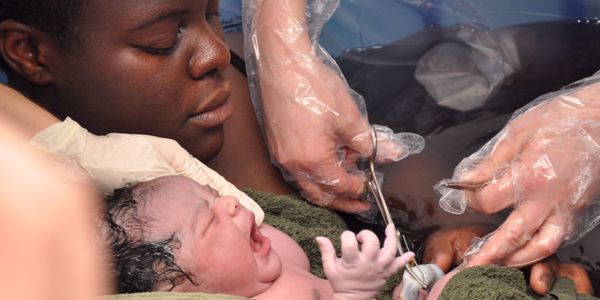The placenta is an organ your body makes specifically for each child you carry. In some circumstances, twins will share a placenta. Still, for the most part, each unique placenta is created for each unique baby. There are many functions that the placenta plays during pregnancy. Still, some of the most important ones are that it provides food and oxygen to the baby, removes waste from the baby's system, secretes hormones that support pregnancy, and acts as a barrier to protect the baby from the birthing parent's immune system.
It also acts as a barrier to help ensure that the birthing parent and baby's blood do not mix. The placenta is also the only disposable organ that the body makes. It is meant to support the pregnancy and then is expelled after the baby is born. The placenta also passes fetal cells through it to help target and heal injured areas in the gestational parent.
These are just some cool functions the placenta plays during pregnancy. It truly is an incredible organ.
Common Placenta Uses Post-Birth
Many cultures honor the placenta by utilizing it postpartum. I will talk about some of the most common uses of a placenta after birth and some that exist primarily for specific cultural practices.
Encapsulation
Placenta Encapsulation is one of the most common uses for placentas postpartum. This process is done by dehydrating the placenta and putting it into capsules that the birthing parent ingests. Tinctures can also be made to extend the life of the placenta, and tinctures can be used for a child's first menstrual cycle, the menstrual cycle of the birthing parent, and even menopause for the birthing parent.
Although many feel that ingesting the placenta is gross, encapsulation takes away most of the yuck factor, and the pills look like just about any vitamin someone would take. Some benefits of ingesting your placenta are increased milk supply, increased energy levels, balancing hormones, prevention of postpartum mood disorders, and help with postpartum anemia.
Burial
Burial of the placenta is another common practice that families participate in. Some will plant the placenta under a tree. Others will choose a specific plant for their child and bury it under that plant. The nutrients of the placenta help with plant growth, and many individuals cherish the plant, their placenta blessed for years to come.
Art
Placentas can also be made into art pieces. Some of the different options are placenta prints. These prints can be made with the natural blood on the placenta or with paint. Many describe the print of the placenta as the tree of life, and it looks magnificent — some individuals and cultures like to have cord keepsakes made from the umbilical cord. Depending on the umbilical cord length, these keepsakes can be made into the infant's initials, heart shapes, swirls, and simple circles.
Another art piece that can be made is to have your dehydrated placenta or umbilical cord made into a keepsake jewelry piece. There are many keepsake artists across the United States and the world. These artists can turn things like the placenta, umbilical cord, human milk, and even ashes and remains into beautiful jewelry pieces.
Leaving It Connected
For some individuals, a Lotus Birth seems like the gentlest option for postpartum placental usage. Lotus Births leave the infant connected to the placenta until the cord becomes brittle and separates from the newborn. This can take anywhere from 3-10 days, and to do this safely, the placenta must be dressed in specific herbs and salt so that it does not begin to rot while connected to the newborn.
Donation or Disposal
Another option that can be taken is to donate your placenta. In the United States, placentas can be donated to be used for training police dogs. Another place to donate your placenta would be to Donate to Life America, where they use these tissues to help heal other's wounds and burns and aid in reconstructive surgeries. Donation can be the next best thing if you do not plan to utilize your placenta.
Your other option is to leave your placenta with your healthcare team and have them dispose of it.
Cultural Practices
Practices that occur in other cultures include these. In Nigeria, many bury the placenta to connect the baby to the welfare and fertility spirits in the ground. The placenta is also commonly buried in New Zealand to connect the baby with Mother Earth. The placenta is often burned in Peru, and the ashes are kept for medicinal use. Seeing how different cultures utilize and honor the placenta after birth is incredible. I recommend connecting with your ancestral line and learning what they did with their placentas. That might be what feels most aligned for you.
There is no "right way" to honor and handle the placenta postpartum. Choose which feels best for you and use that as your guide.







